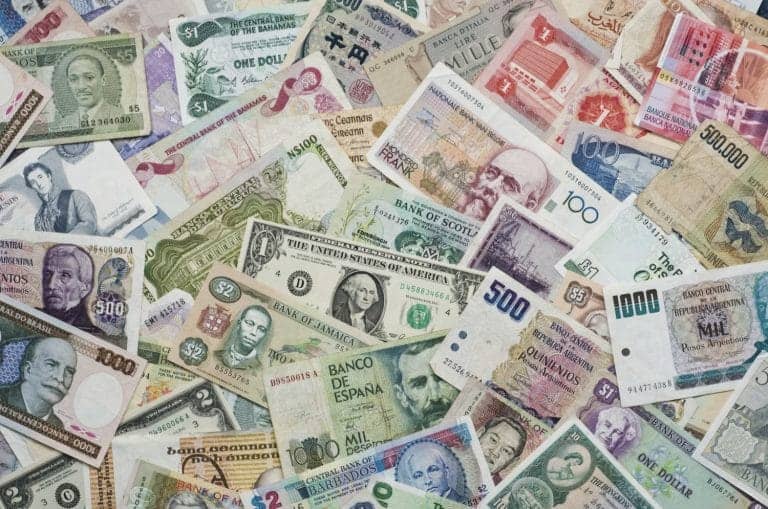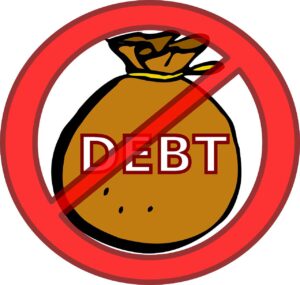Fiat money: meaning, how it works and more

Fiat money is a common term when discussing business. Nonetheless, most individuals do not understand what it means or how it works. Fiat money is a type of currency that is backed by the government’s legal tender laws and is not backed by a physical commodity.
In this article, we will explore the meaning of fiat money and discuss some of its advantages and disadvantages.
What is fiat Money?
Fiat money is a type of currency that is not backed by a physical commodity such as gold or silver, but rather by the government’s legal tender laws. It derives its value from the government’s declaration that it is a valid means of payment for debts, taxes, and other obligations. This means that its value is essentially a matter of faith and trust in the issuing government and the stability of its economy.
How fiat money works
Unlike commodity money, which has intrinsic value based on the commodity it is made of, fiat money can be created and circulated by the government as needed to support economic activity. This is done through a process known as monetary policy, where the government adjusts the supply of money in circulation to manage inflation and economic growth.
One of the key benefits of fiat money is its flexibility. It allows governments to respond quickly to changing economic conditions by increasing or decreasing the money supply as needed. This can help to stabilize prices, encourage investment, and support economic growth.
However, the value of fiat money can be impacted by a variety of factors, including inflation, political instability, and changes in the global economy. Inflation, in particular, can erode the value of fiat money over time, making it less valuable for consumers and investors.
The history of fiat money and its evolution over time
Fiat money has been used throughout history, with some of the earliest examples dating back to ancient China, where paper money was first used in the 7th century AD. However, it was not until the 20th century that fiat money became the dominant form of currency used in most countries around the world.
In the United States, fiat money was first introduced in 1862 during the Civil War. The government issued paper money, known as greenbacks, to finance the war effort. While the value of greenbacks fluctuated significantly during and after the war, they ultimately became widely accepted as a valid means of payment.
In the early 20th century, many countries began to move away from the gold standard, which had previously been used to back their currencies. This allowed governments to print more money and support economic growth during times of recession or depression.
During World War II, the Bretton Woods system was established, which linked the value of most major currencies to the U.S. dollar, which in turn was backed by gold. This system lasted until the early 1970s, when the U.S. government abandoned the gold standard, and most other countries followed suit.
Since then, fiat money has become the standard currency used in most countries around the world. Advances in technology and the rise of digital currencies have also led to new forms of fiat money, including digital fiat currencies that are backed by central banks.
Advantages and disadvantages of fiat money as a currency
Fiat money has several advantages over commodity money. One of the primary advantages is its flexibility. Governments can adjust the supply of money in circulation to respond to changes in economic conditions, which can help to stabilize prices and support economic growth. Additionally, fiat money is much easier to store and transport than commodity money, which can be bulky and difficult to manage.
Another advantage of fiat money is that it can be easily replaced or updated. Governments can introduce new banknotes and coins with updated security features to prevent counterfeiting or fraud, and they can also replace damaged or worn-out currency as needed.
However, fiat money also has some disadvantages. One of the main disadvantages is that its value is dependent on the stability of the government and the economy. If the government is unstable or the economy is weak, the value of the currency may decline, leading to inflation or hyperinflation. Additionally, because fiat money is not backed by a physical commodity, it can be vulnerable to fluctuations in global markets and currency exchange rates.
Another disadvantage of fiat money is that it can be subject to manipulation and abuse by governments or central banks. In some cases, governments may print too much money, leading to inflation and a decrease in the value of the currency. Additionally, central banks may use monetary policy to influence interest rates and the value of the currency, which can have unintended consequences for the economy.
The role of governments in managing fiat money and its impact on the economy
Governments play a crucial role in managing fiat money and ensuring its stability. They are responsible for setting monetary policy, which involves adjusting the supply of money in circulation to manage inflation and economic growth.
Central banks, which are typically independent of the government, are responsible for implementing monetary policy and regulating the banking system. They use a variety of tools, including interest rate adjustments and open market operations, to manage the money supply and stabilize the economy.
The impact of monetary policy on the economy can be significant. By adjusting the supply of money in circulation, governments and central banks can influence interest rates, borrowing costs, and the availability of credit. This can have a ripple effect throughout the economy, impacting consumer spending, investment, and overall economic growth.
However, monetary policy is not without its challenges. Central banks must carefully balance the need for economic growth with the risk of inflation and other economic risks. Additionally, changes in global markets and economic conditions can make it difficult to predict the impact of monetary policy on the economy.
The future of fiat money and the potential for digital currencies to replace it
The rise of digital currencies, such as Bitcoin and Ethereum, has led many to speculate about the future of fiat money. Some experts believe that digital currencies have the potential to replace traditional fiat money, as they offer several advantages, including faster transactions and lower fees.
However, others are more skeptical about the future of digital currencies, pointing to their volatility and lack of government backing as potential barriers to widespread adoption. Additionally, digital currencies are currently not widely accepted as a form of payment, and it is unclear whether they will ever achieve the same level of ubiquity as fiat money.
Despite these challenges, many governments and financial institutions are exploring the potential of digital currencies and blockchain technology to improve the efficiency and security of financial transactions. In the coming years, we are likely to see continued innovation and experimentation in this area, as stakeholders seek to balance the benefits of digital currencies with the need for stability and regulation in the financial system.
Conclusion
In conclusion, fiat money has become the standard currency used in most countries around the world due to its convenience and flexibility. However, its value is dependent on the stability of the government and its economy, which can lead to inflation or hyperinflation in some cases.
While there are some potential risks associated with fiat money, it remains the dominant form of currency used in today’s global economy. Understanding its meaning and how it works is crucial for anyone looking to make informed decisions about their finances.
Don't miss a thing. Follow us on Telegram and Follow us on WhatsApp. If you love videos then also Subscribe to our YouTube Channel. We are on Twitter as MakeMoneyDotNG.





